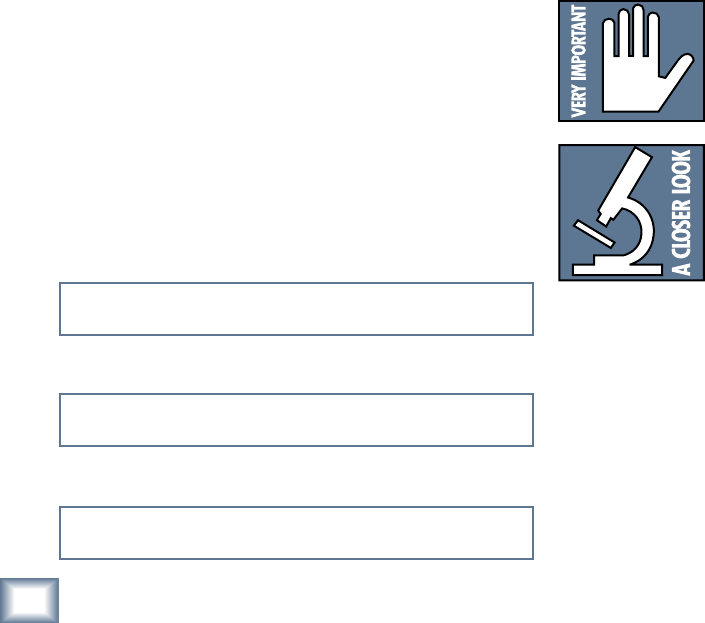
4
M-Series
M-Series
Introduction
Thank you for choosing a Mackie high-efficiency
power amplifier. We appreciate your vote of confidence
for the folks in Woodinville who specialize in awesome
and affordable professional audio designs.
The Mackie M-Series power amplifiers have a wide
variety of features that set them apart from any other
amplifier in their price range.
• More Output Devices
The more output devices that are used in a power am-
plifier, the more reliably the amplifier will operate over
the long-term at high power levels into low-impedance
loads. The M-Series amplifiers typically use more output
devices for the same output power than our competitors
amplifiers. This means the output devices are required
to handle less power, thus drastically extending the life-
expectancy of our amplifiers.
• True 2-ohm Power Capability
Some amplifier manufacturers present their power
ratings into 2-ohms at 1 kHz. Because our M-Series pow-
er amplifiers use more output devices, they can provide
full-power into 2-ohms over the entire audio frequency
range, from 20 Hz to 20 kHz, all night long!
• Higher Efficiency
The M•2000 uses a highly efficient two-rail Class-H
topology, while the M•3000 and M•4000 use an even
more efficient three-rail Class-H topology. This allows
the amplifiers to run cooler, even in high-ambient
temperatures, while improving their long-term reliability.
• Lower Distortion
Our design engineers have paid particular attention
to reducing distortion in the M-Series amplifiers. From
triple darlington output stages to a fully complementary/
differential design from input to output, to the Mackie
exclusive adaptive slew Class-H switching design that
allows the amplifiers to pass the fastest transient peaks
while minimizing Class-H switching distortion. The
bottom line is the M-Series amplifiers achieve some of
the lowest distortion numbers in the business without
resorting to substantial amounts of negative feedback.
• That’s Not All!
There are plenty more features that make your selec-
tion of a Mackie M-Series power amplifier a good invest-
ment, from the Fast Recovery design pioneered in our FR
Series amplifiers, to the quiet fans and constant thermal
gradient heatsinks to dissipate heat away from the output
devices evenly and efficiently, to the extensive protec-
tion circuits designed to protect the amplifier and your
loudspeakers.
HOW TO USE THIS MANUAL
We know that many of you can’t wait to get your new
amplifier hooked up, and you’re probably not going to
read the manual first (sigh!). So the next section is a
Quick-Start Guide to help you get the amplifier set up
fast so you can start using it right away. Right after that
are the ever popular hook-up diagrams that show typical
setups for live sound applications.
Then, when you have time, read the Features Descrip-
tion section. This describes every knob, button, and
connection point on the M-Series amplifiers.
Throughout this section you’ll find illustrations with
each feature numbered. If you want to know more about
a feature, simply locate it on the appropriate illustra-
tion, notice the number attached to it, and find that
number in the nearby paragraphs.
This icon marks information that
is critically important or unique to
the M-Series amplifiers. For your
own good, read them and remember
them. They will be on the final test.
This icon leads you to in-depth
explanations of features and practi-
cal tips. While not mandatory, they
usually have some valuable nugget of
information.
More resources on our website at
www.mackie.com.
Click on Support to find answers to many of your ques-
tions. The FAQ (Frequently Asked Questions) section is
filled with answers to many of the questions our Techni-
cal Support staff has fielded over the years.
Check out the glossary for explanations of many of the
pro-audio terms used in our manuals.
Visit our forums to seek help from our online commu-
nity of Mackie users.
Please write your serial number here for
future reference (i.e., insurance claims, tech
support, return authorization, etc.)
Purchased at:
Date of purchase:


















